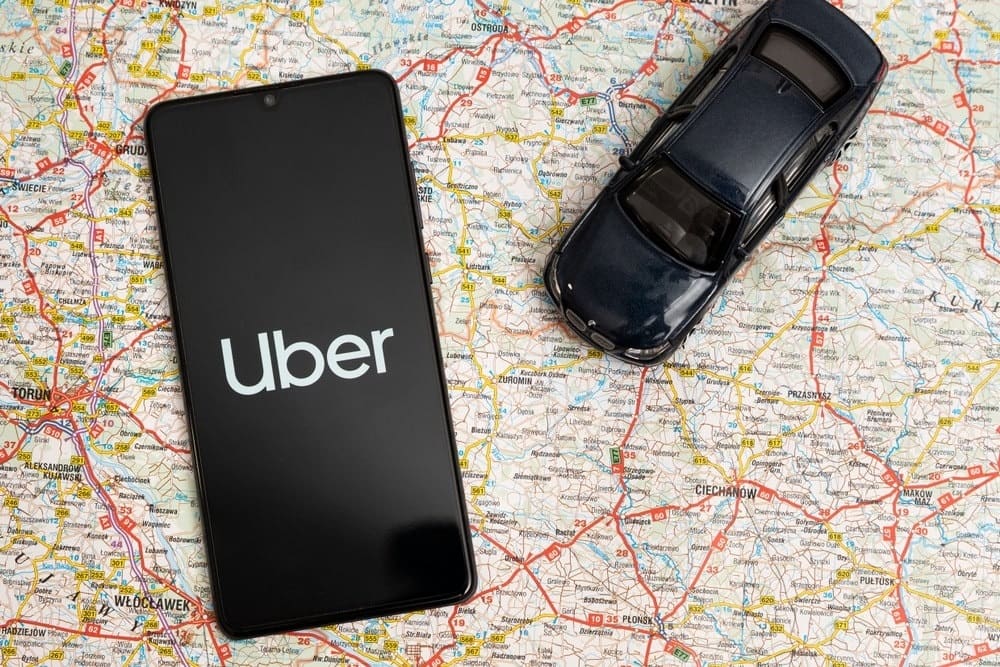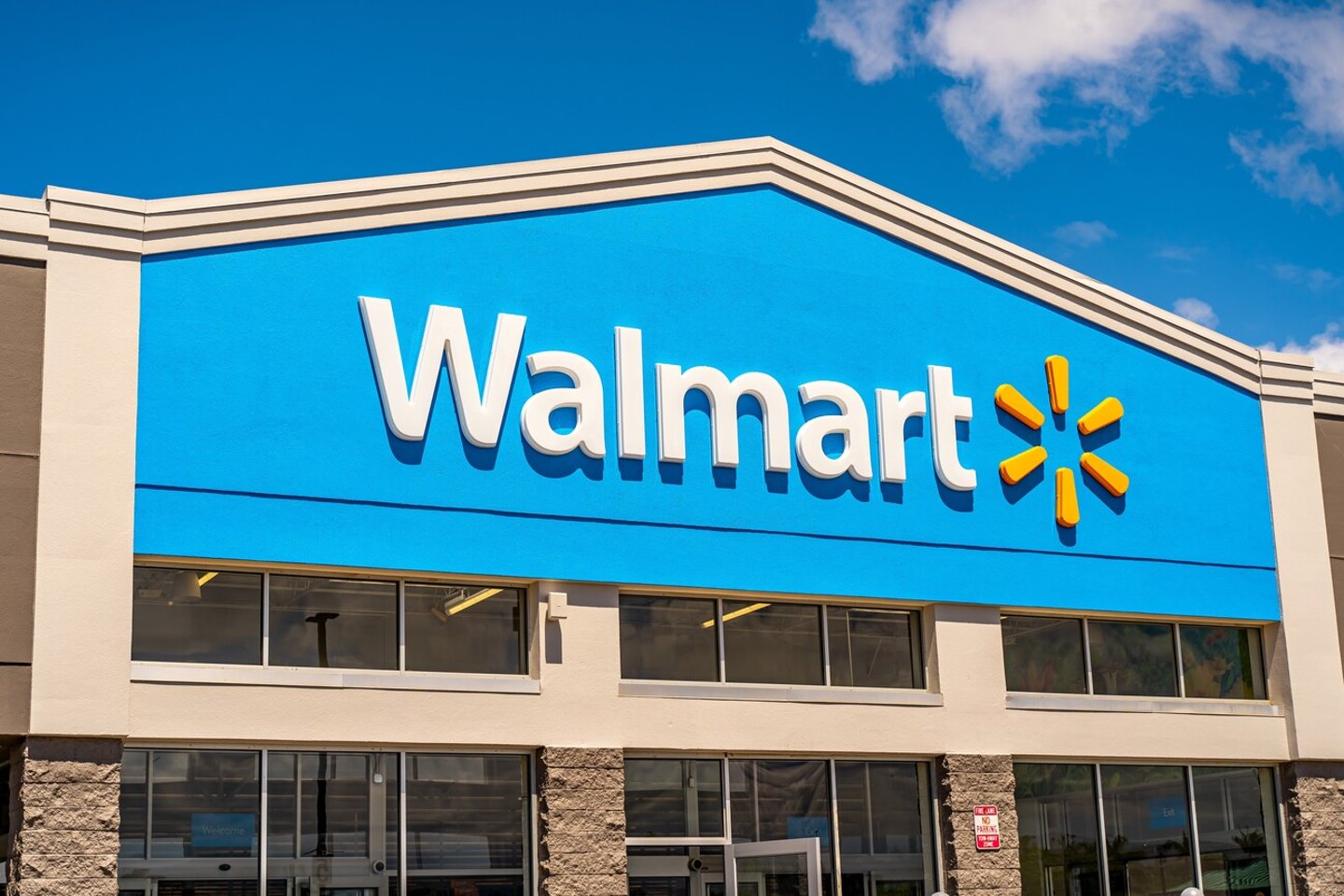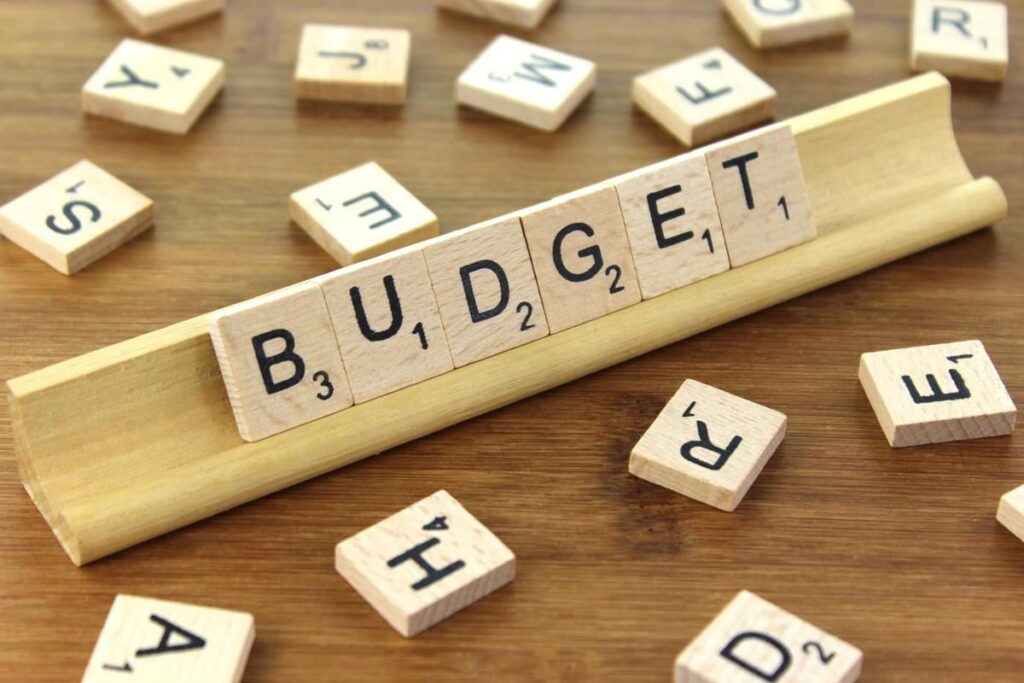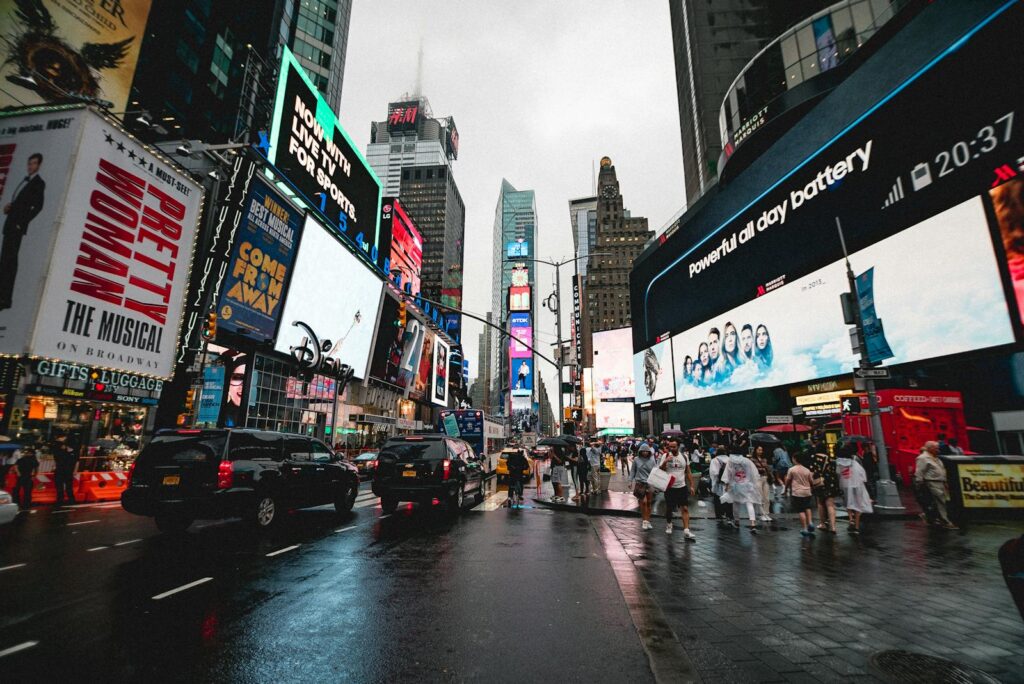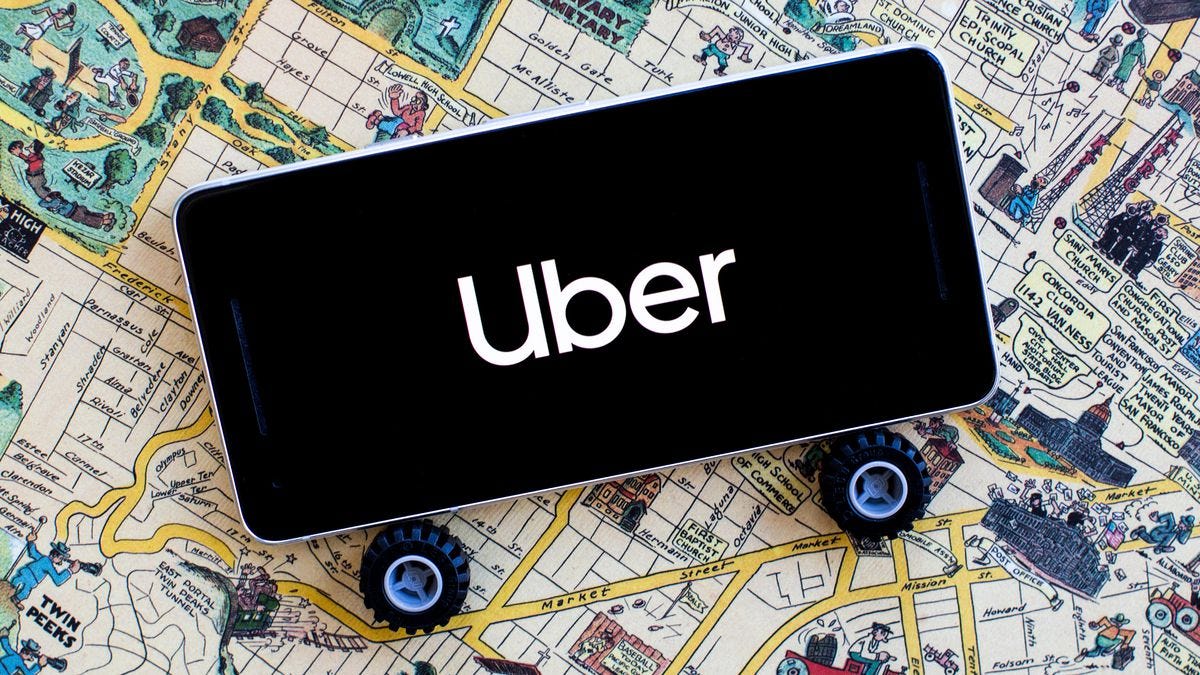
Imagine this: you’re the CEO of a company whose service is used by millions daily, and you’re asked to estimate the cost of a simple ride. You throw out a number that seems perfectly reasonable, only to find the actual price is more than double your guess! That’s exactly what happened when Wired’s editor at large, Steven Levy, took a 2.95-mile Uber ride in downtown New York City to meet none other than Uber’s CEO, Dara Khosrowshahi himself.
When prompted to estimate the fare for Levy’s short trip to the West Side, Khosrowshahi guessed a cool “twenty bucks.” The reality? A staggering $51.69, including the driver’s tip. The CEO’s reaction upon hearing the true cost was immediate and relatable: “Oh my God. Wow.” It seems sticker shock isn’t limited to the average user.
Levy noted that his initial attempt to book the same ride priced out even higher, about $20 more. Khosrowshahi attributed this fluctuation to surge pricing, though Levy pointed out, “It’s 10 am on a sunny weekday, and it’s not like the president’s in town.” The CEO quickly pivoted to a broader economic context.
“Everything is more expensive. Inflation has become a part of our everyday life,” Khosrowshahi responded, framing the increased costs within a larger economic trend. He emphasized where the money was going, stating, “With Uber, the vast majority of your fare is going to your driver.”

Connecting the dots further, Khosrowshahi highlighted the positive impact on drivers, noting, “Earnings per week for our drivers are up 40, 50 percent over the past four years, because that is the cost of time and the cost of labor. I think that’s positive.” This paints a picture of rising costs being, in part, a reflection of increased compensation for those providing the service.
Data supports the trend of increasing ride-hailing costs. CNBC reported on data from Rakuten Intelligence showing that the cost of rides from apps like Uber and Lyft surged by 92% from 2018 to 2021. Specifically, Rakuten’s data suggested that Uber fares in April 2021 were up 40% compared to the previous year.
While Khosrowshahi had previously vowed that prices would return “to nearly the good old days” by September (though which September isn’t specified in this context), more recent data from the UCLA Labor Center showed a continuing gap. From February 2019 to April 2022, the median passenger fare for Uber and Lyft in New York City increased by 50%, while median driver pay only rose by 31%.
Beyond inflation and the cost of labor, Khosrowshahi had also previously linked some growth in fares to a shortage of drivers. However, the context also presents another piece of the puzzle.

Last August, the company reported reaching a record 5 million drivers worldwide, representing a significant 31% increase from the prior year. This suggests that attracting drivers hasn’t been an insurmountable challenge.
Khosrowshahi offered insight into this driver growth, noting, “We have a very strong flow of new drivers who are signing up, coming on to earn.” He added a powerful statistic, revealing that “Over 70% of them have said that inflation and what they’re seeing right now in terms of the cost of groceries, the cost of living, plays a part in that decision for them to come on to the platform.” This clearly shows inflation is a double-edged sword, increasing fares but also driving labor supply.
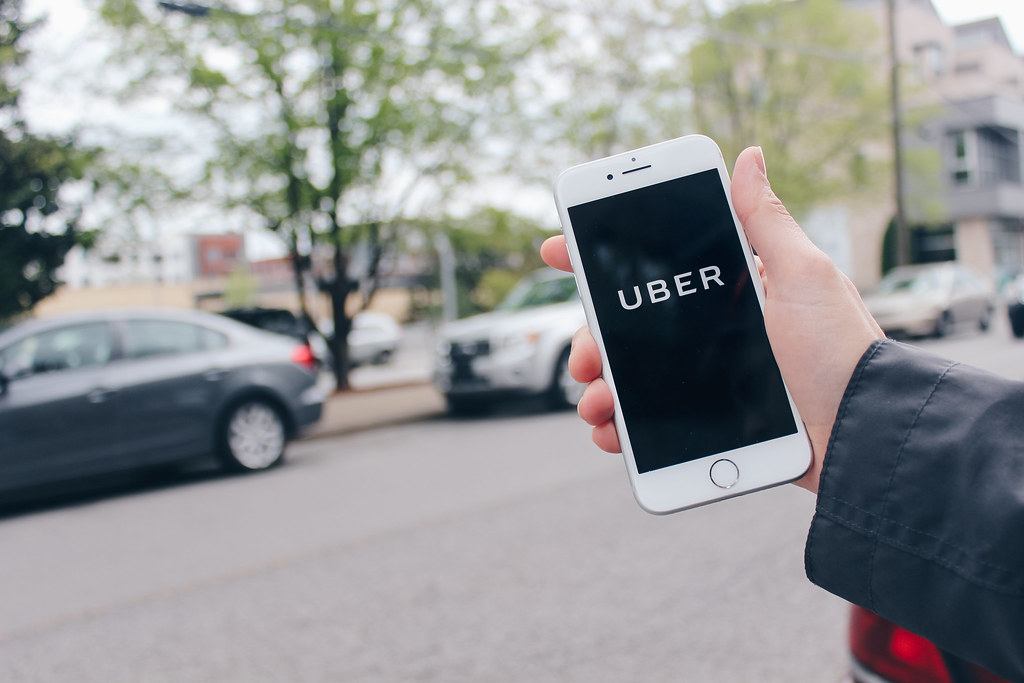
Another significant factor behind the price increases is a strategic shift within Uber itself. The company is reportedly no longer heavily subsidizing rides in a relentless quest for market share and growth. Instead, the focus has firmly shifted towards profitability.
And it seems this strategic pivot is paying off. The context notes that this week, Khosrowshahi announced that Uber had achieved its first operating profit. This milestone marks a significant moment for the company, indicating a maturation from its disruptive startup phase to a financially sustainable enterprise, even if it means higher prices for some riders.
Related posts:
Uber CEO balks after a reporter tells him the cost of his 2.9-mile Uber ride: ‘Oh my God. Wow.’
Marcia Gay Harden Takes Seven-Hour Uber Ride to Make Aspen Snow Ball
The True Story Behind ‘Super Pumped: The Battle For Uber’

